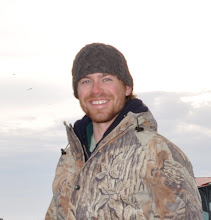
Digital Storytelling in the Classroom
Article review: Chapters 5 and 6
What makes a good story? Dr. Jason Ohler addresses this question in the terms of the new digital age we find ourselves in the midst of. This era of kids spending their every waking minute up to their ears in a digital society. We as educators have a grand tool before us. We just have to keep the student/viewer engaged. In his book, Digital Storytelling in the Classroom he maps this out for us.
Some key elements of digital storytelling:
- Make a map - where is the story going?
- Is there a conflict – what is learned?
- We will forget a lecture but will most often remember a story.
- Stories can be amusing – often keeps the viewer hooked.
- Digital stories shift the focus from technology to what the technology is presenting.
- Students will often know more than we do. Capitalize on this. Use their knowledge of technology to teach others, including yourself.
What I found to be one of the most insightful aspects of these two chapters was the statement that students will often know more than me. Especially when it comes down to technology. I wholeheartedly agree. More often than not this can form a measure of contention in the classroom as it is usually based around some usage of cell phones. Kids can even text with the phone in their pocket. Amazing. But in Digital storytelling and other uses we should capitalize on this and use their expertise to guide our own. Students can be great tools, helping to get rid of the “I cant get this to work right, it wont do anything I want it to” mentality. They are a wealth of information when it comes to shortcuts and putting it all together. Use them.






